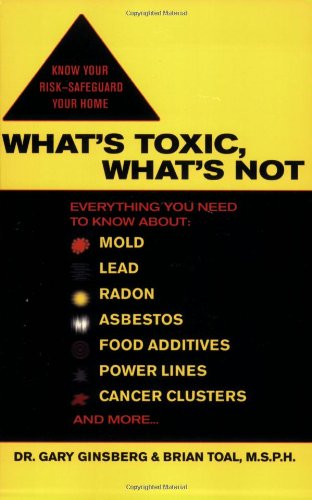Cancer often strikes fear into the hearts of many. Most people have known someone who has been effected, or even died from cancer. So, is there anything that can be done to avoid cancer, or to help with the prevention of cancer?
The latest information we have on cancer deaths in the U.S. shows the rate going down an average 2.1% a year between 2002 and 2004. Important drops were seen in the three leading causes of cancer deaths for men: lung, prostate and colorectal.
In women, death rates from colorectal and breast cancer was down, while the increase in lung cancer deaths slowed quite noticeably.
Good news to be sure, and a sign that new therapies, early diagnosis and continued research are making a mark against this terrible disease.
Cancer prevention also makes a marked impact on cancer diagnosis, and is the motivation behind ten recommendations made last year by the American Institute of Cancer Research and presented at 2008's annual meeting of the American Dietetic Association.
Written by an international team of scientists, including Walter Willett, MD, DrPH, an epidemiology professor who heads the nutrition department at the Harvard School of Public Health, the ten lifestyle tips were reviewed by Karen Collins, MS, RD, CDN, the nutritional advisor for the American Institute for Cancer Research. Both Collins and Willett discussed the suggestions with attendees at the American Dietetic Association's annual meeting that's just wrapped in Chicago.
Take a look at the recommendations for yourself... common sense really, but absolutely worth including in your life, especially if you have high risk factors for cancer.
1) Be as lean as possible, but not underweight. Collins suggests not just checking the number on the scales, but also measuring your waist to get a feel for your abdominal fat. Men should have a waist measurement no larger than 37 inches; women's waists should be 31.5 inches or less.
2) Be active for at least 30 minutes every day on most days of the week. If you're out of shape or very sedentary, talk with your doctor first. Then start slow and build gradually over time. And contrary to popular belief, you can break up your workout - 10 to 15 minute sessions, twice a day are just fine according to Collins.
3) Avoid sugary drinks and consumption of energy-dense foods. No one is saying these foods (or their additives) cause cancer, but they do add extra calories to your diet, and can sabotage your healthy weight over time. A treat now and then is fine, all the time can really blow your calorie budget.
4) Eat a variety of vegetables, fruits, whole grains and legumes. You'll want to try to add a lot of different colors (deep green leafy veggies, blueberries, etc.) to your meals. Most Americans, says Collins, are stuck in a rut of eating the same three vegetables over and over. Try something new, you just might like it and be helping your body at the same time!
5) If you drink at all, limit alcoholic drinks to two a day for men and one for women. To do this, you'll need to keep an eye on the bartender as according to Collins, drinks can have a higher alcohol content than expected. Willett was quick to caution that the pros and cons of moderate drinking is something that women should consider carefully, weighing the heart benefits against the increased breast cancer risk from drinking.
6) Limit red meats (beef, pork, lamb) and avoid processed meats. Good as they may taste, you'll want to keep your red meat intake to 18 ounces a week, says Collins. She suggests choosing chicken, seafood, or legumes in place of red meat, and encourages moderation rather than eliminating these meats entirely from the diet.
7) Limit consumption of salty foods and foods processed with sodium. You'll want to try and keep your sodium intake under 2,400 milligrams a day. To add flavor to food, use herbs and spices instead, says Collins. She points out that processed foods account for a large part of sodium intake today - so don't worry so much about the salt you add when cooking or eating, rather read the labels of the foods you buy.
8) Don't use supplements to protect against cancer. This is a recommendation that is likely to be reviewed, but for now the experts are cautioning against taking a supplement purely for cancer protection benefits. It's not that supplements are bad, but the science doesn't support (except in the Case of vitamin D) the idea that these substances can protect against cancer.
9) Mothers should try to breastfeed babies exclusively for up to six months and then add other foods and liquids. If this is an option for you, it's a good idea and provides the baby with many healthy benefits.
10) After treatment, cancer survivors should follow the recommendations for cancer prevention. This includes patients who are currently undergoing treatment, as well as those who have finished their therapy and are being Monitored. Once you've beaten your cancer back, you need to do all you can to keep your body in top form - healthy and strong enough to resist anything that comes your way.
You need to keep in mind that while these tips are sensible suggestions they are only intended to reduce (not eliminate) your risk of cancer. There are many other things (genetics and environmental factors to name a few) that contribute to cancer risk, but these lifestyle choices give you some control over the aspects you can change and help you to better avoid cancer.
!: Secrets Types Of Mesothelioma !: Lung Cancer And Mesothelioma Life Tips


















